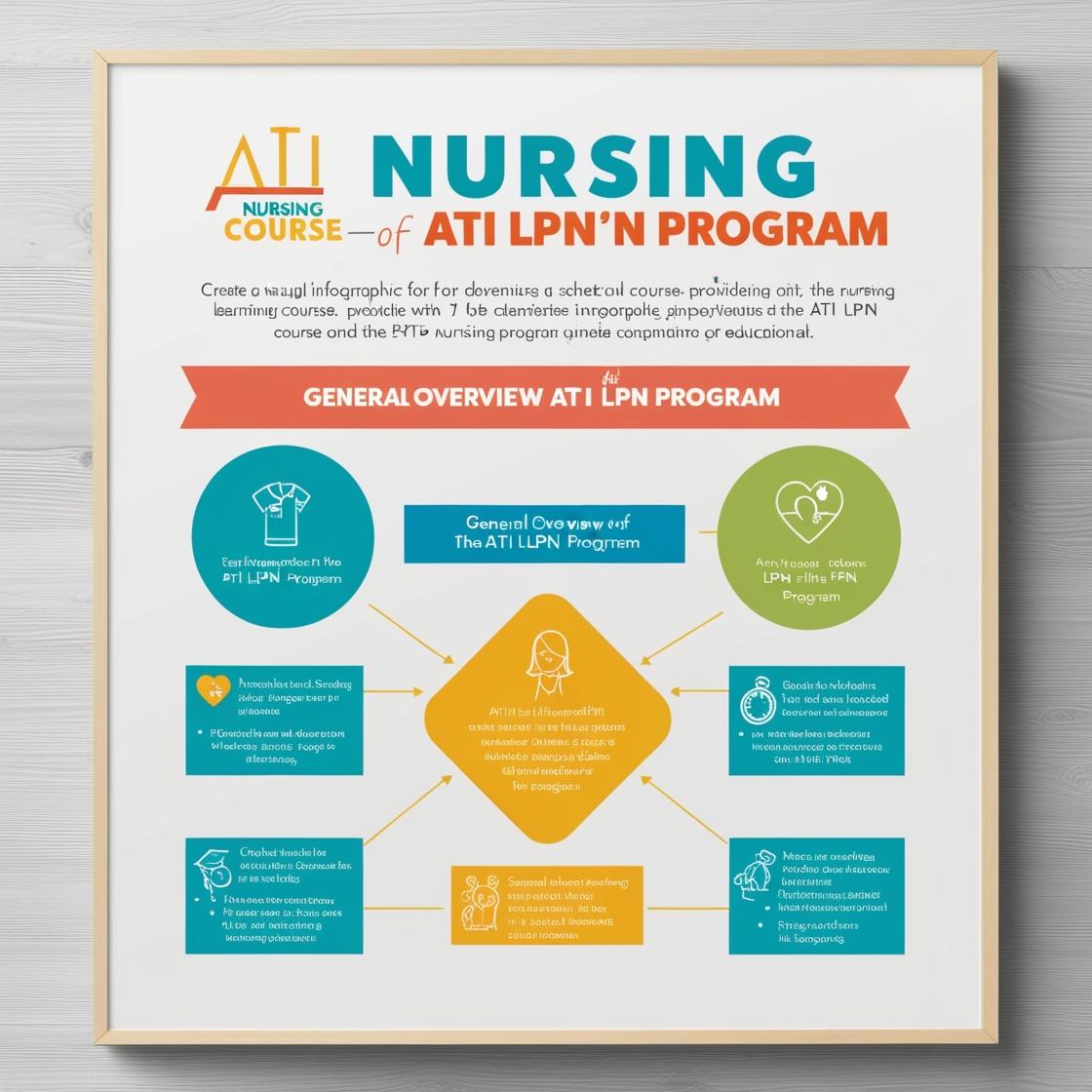LPN LPN
ATI Pediatric Medications Test
1. A female child, age 2, is brought to the emergency department after ingesting an unknown number of aspirin tablets about 30 minutes earlier. Her father is blaming the mother for neglecting the child while she was cooking. On entering the examination room, the child is crying and clinging to the mother. Which data should the nurse obtain first?
- A. Heart rate, respiratory rate, and blood pressure
- B. Recent exposure to communicable diseases
- C. Number of immunizations received
- D. Height and weight
Correct answer: A
Rationale: In this scenario, the priority is to assess the child's vital signs first, including heart rate, respiratory rate, and blood pressure. These data will provide critical information on the child's current physiological status and guide further interventions. Option B, recent exposure to communicable diseases, is not the priority in an acute ingestion situation. Option C, number of immunizations received, and option D, height and weight, are important but not as critical as assessing vital signs in this immediate situation.
2. Which intervention is not appropriate for the hospitalized adolescent?
- A. Allowing the adolescent to assist with procedures when possible.
- B. Encouraging them to discuss their thoughts and feelings about the hospitalization.
- C. Encouraging them to remain in the room throughout the hospitalization to ensure adequate rest periods.
- D. Encouraging peer visitation.
Correct answer: C
Rationale: Encouraging the adolescent to remain in the room throughout the hospitalization to ensure adequate rest periods is not appropriate. It is crucial for adolescents to have opportunities for physical activity and social interaction to promote their well-being during hospitalization. Allowing them to assist with procedures when possible can empower them and provide a sense of control. Encouraging discussions about their thoughts and feelings helps address their emotional needs. Facilitating peer visitation fosters social support, which is beneficial for their well-being. Therefore, choice C is the least appropriate as it restricts important aspects of the adolescent's development and coping mechanisms during hospitalization.
3. A clinic nurse reviews the record of a child just seen by a doctor and diagnosed with suspected aortic stenosis. The nurse expects to note documentation of which clinical manifestation specifically found in this disorder?
- A. Pallor
- B. Hyperactivity
- C. Exercise intolerance
- D. Gastrointestinal disturbances
Correct answer: C
Rationale: Aortic stenosis is a condition characterized by the narrowing of the aortic valve, leading to reduced blood flow from the heart to the body. This narrowing restricts the amount of oxygenated blood that can reach various tissues, including muscles. As a result, individuals with aortic stenosis may experience exercise intolerance, as their muscles may not receive an adequate oxygen supply during physical activity. This can manifest as fatigue, shortness of breath, and overall decreased exercise capacity. Pallor (choice A) is a pale appearance that may be seen in anemia or other conditions affecting blood flow but is not specific to aortic stenosis. Hyperactivity (choice B) and gastrointestinal disturbances (choice D) are not typically associated with aortic stenosis.
4. During the 'Provide practical treatment' phase, what is the nurse expected to do?
- A. Greet the mother and inquire about the history
- B. Assess for danger signs
- C. Give appropriate treatment
- D. Check vital signs
Correct answer: C
Rationale: During the 'Provide practical treatment' phase, the nurse is expected to give appropriate treatment to address the patient's needs. This involves implementing the necessary medical interventions or care based on the assessment findings and treatment plan. While greeting the mother, assessing for danger signs, and checking vital signs are important aspects of patient care, the focal point during this phase is to administer the specific treatment required to manage the patient's condition effectively.
5. Beta-adrenergic agonists such as Salbutamol are given to Reggie, a child with asthma. Such drugs are administered primarily to do which of the following?
- A. Dilate the bronchioles
- B. Reduce secondary infections
- C. Decrease postnasal drip
- D. Reduce airway inflammation
Correct answer: A
Rationale: Beta-adrenergic agonists like Salbutamol are used to dilate the bronchioles in asthma patients. This action helps in relieving bronchospasms and improving airflow to the lungs, making breathing easier for the individual. While reducing inflammation is an essential part of asthma management, beta-adrenergic agonists primarily work by relaxing the smooth muscles around the airways, leading to bronchodilation. Choices B, C, and D are incorrect because beta-adrenergic agonists are not primarily used to reduce secondary infections, decrease postnasal drip, or directly reduce airway inflammation in asthma patients.
Similar Questions

Access More Features
ATI LPN Basic
$69.99/ 30 days
- 50,000 Questions with answers
- All ATI courses Coverage
- 30 days access @ $69.99
ATI LPN Premium
$149.99/ 90 days
- 50,000 Questions with answers
- All ATI courses Coverage
- 30 days access @ $149.99
